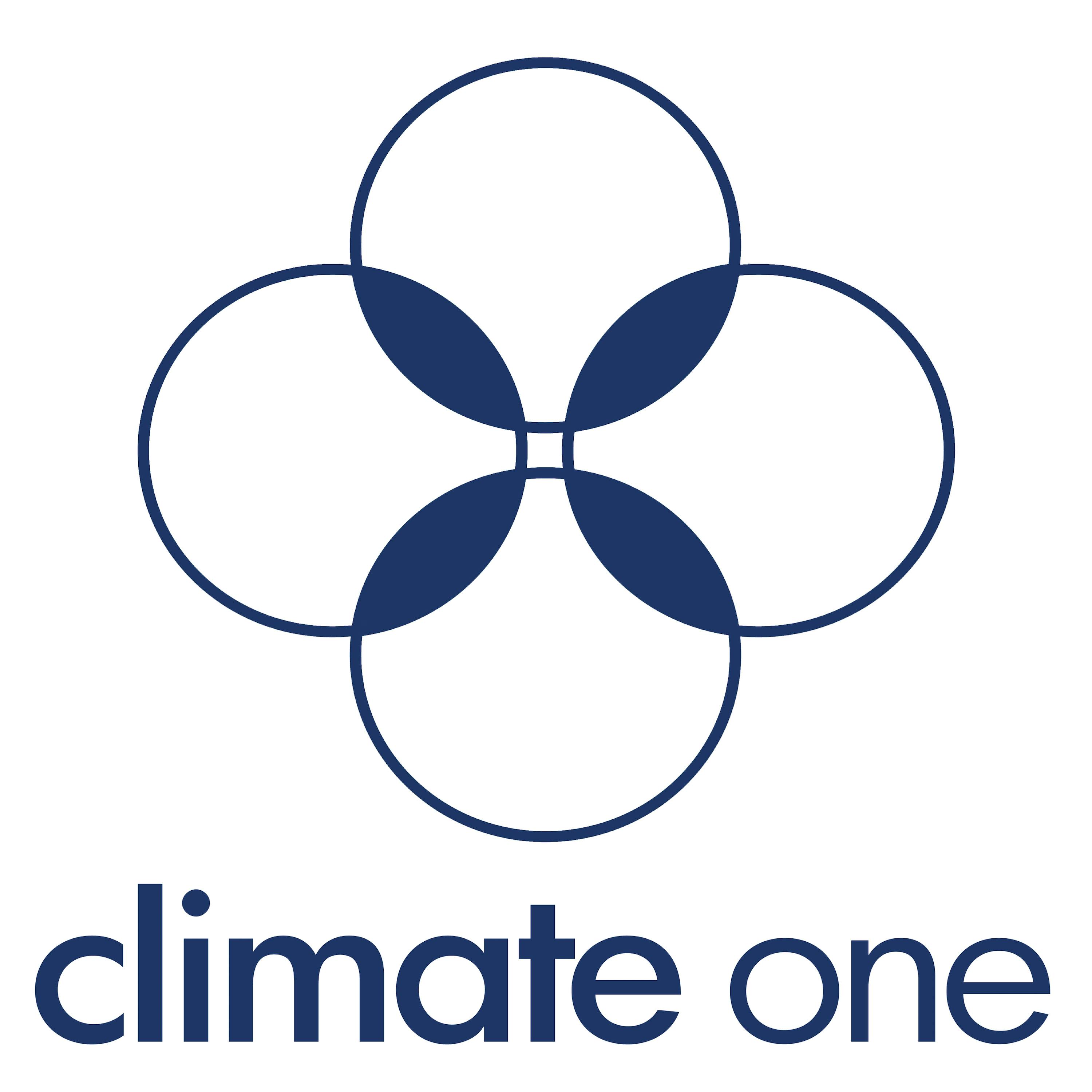Cities for the Future

b"When Ridley Scott envisioned the dystopian Los Angeles of 2019 in \\u201cBlade Runner,\\u201d he probably didn\\u2019t think about how much energy would be needed to run those flying cars and sky-high animated billboards. Or what all those carbon emissions would be doing to the climate.\\n\\nWe\\u2019re now living in the world of 2019. Flying cars are still in the future. But with over half of the global population living in urban centers, and another 2.5 billion expected to join them by 2050, maybe it\\u2019s time to take a step backward when it comes to getting around the city. \\n\\n\\u201cWe know that if you invite more cars, you get more cars,\\u201d says architect and urban planner Jan Gehl. \\u201cIf you invite and make streets you get more traffic. And if you can make more bicycle lanes and do it properly, you get more bicycles. \\n\\n\\u201cAnd if you invite people to walk more and use public spaces more, you get more life in the city. It's the same mechanism -- you get what you invite for.\\u201d\\n \\nThe cities of today have to prepare for a future that includes more heat, more flooding and more people. This means confronting the infrastructure they run on, and making some upgrades. That could have a bigger impact than most people realize.\\n\\n\\u201cApproaching climate change, particularly when it comes to our cities, is this opportunity to do pretty major investments in a sort of significant retooling of cities,\\u201d says urbanist Liz Ogbu. \\u201cNot just in the U.S., but around the world.\\u201d \\n\\nBut large urban projects have historically ended up displacing communities of color by building freeways through their communities or by pricing them out of their own homes and businesses. Some well-known examples of this are Detroit, Miami and Los Angeles. Ogbu warns that it\\u2019s important to keep from repeating the mistakes of the past.\\n\\n\\u201cI think it's time that we talk about how do we be intentional about those investments and who benefits,\\u201d Ogbu continue. \\u201cBecause I think the idea that we don't consider it doesn't mean that people don't get harmed.\\u201d\\n\\nCan we create a Tomorrowland that is sustainable, livable and inclusive?\\n\\nGuests:\\nLiz Ogbu, Founder and Principal, Studio O\\nLaura Crescimano, Co-Founder/Principal, SITELAB Urban Studio\\nJan Gehl, Architect and Founding Partner, Gehl Architects, author, \\u201cCities for People\\u201d (Island Press, 2010)\\n\\n\\nRelated Links:\\nSPUR: Ideas + Action for a Better City\\nSITELAB Urban Studio\\nStudio O\\nLiz Ogbu TED Talk: What if gentrification was about healing communities instead of displacing them? (Youtube)\\nCities for People (Jan Gehl) \\nJan Gehl TED Talk: In Search of the Human Scale (Youtube)\\n\\nThis program was recorded in front of a live audience at The Commonwealth Club of California in San Francisco on June 3, 2019.\\n\\nLearn more about your ad choices. Visit megaphone.fm/adchoices"